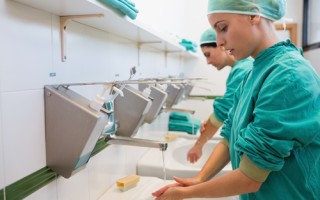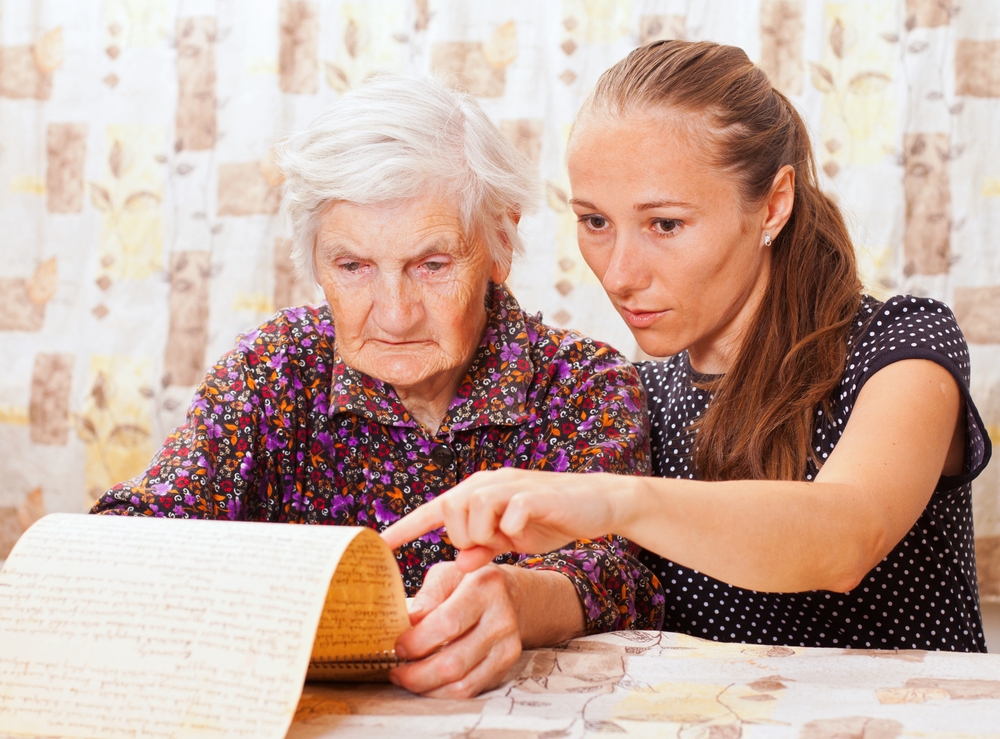
International Infection Prevention Week is annually held on the third week of October. This year's festivities were held from Oct. 16-22 and the theme was "Break the Chain of Infection." The Association for Professionals in Infection Control explained how this year, the agency wanted to focus on how the public and health care professionals can stop the spread of infections in their communities.
When approaching the topic of infection prevention, we must talk about how hand hygiene is the most effective way to prevent infections in the health care field. Despite this fact, the Centers for Disease Control and Prevention states that health care providers wash their hands fewer than half the times they should, on average. As a result, an estimated 1 in 25 patients suffers from a health care-associated infection each day.
"Good hand hygiene keeps residents from developing infections."
Why is hand hygiene important?
The CDC writes that care providers must clean their hands after eating and after having direct contact with a patient's skin or bodily fluids. Additionally, they must practice good hand hygiene after operating medical equipment, removing gloves and using the restroom. Proper hand hygiene methods include cleaning hands by handwashing, alcohol-based hand sanitizers, antiseptic hand washes or surgical hand antisepsis.
Good hand hygiene keeps residents from developing infections, illnesses and suffering from other complications. This is especially vital if older residents are dealing with suppressed immune systems due to an ongoing illness, which makes them more susceptible to developing an infection.
How to improve hand hygiene in long-term care settings
The World Health Organization describes the five moments where long-term or home-care providers should practice smart hand hygiene while interacting with residents in the "patient zone," which is defined as the resident and anything the resident comes into contact with. Therefore, professionals should follow any handwashing or sanitizing methods for any of these five situations:
- Before touching a resident.
- Before any antiseptic or clean procedure.
- After body fluid or exposure risk.
- After touching a resident.
- After touching any resident surroundings.
Though the sheer amount of hand hygiene procedures might seem excessive, this practice is essential for keeping residents safe and healthy. To create a culture of hand hygiene safety at your long-term care facility, your personnel must understand the importance of handwashing and hand sanitizing, be familiar with strategies for when and how to perform hand hygiene, and be effective at monitoring hand hygiene compliance. Meanwhile, care organizations must make hand hygiene accessible and easy by providing alcohol-based hand rub and washing stations throughout their facility.
Stop the spread of health care-associated infections today by practice good hand hygiene. To learn more about hand hygiene, take one of Mariposa Training's long-term care courses, such as "Improving Hand Hygiene in the Healthcare Setting" today!


